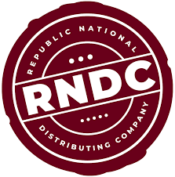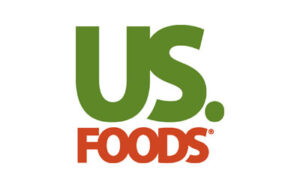Sponsored by our partners at Pinnacol Assurance
Every five minutes on average, medical personnel in hospital emergency rooms treat a teen 15-19 years old for a workplace injury, the U.S. Department of Labor (DOL) reports. For workers in the leisure and hospitality industry, 56 percent of injuries to workers 15-17 years old require at least one day away from work, according to the latest DOL data. And most of those injuries occurred to workers in the accommodation and food services subsector.
Can you afford to have your teen employees miss work? Most employers’ answer to this question is a resounding “No.”
How safe is your workplace for teenage employees?
The most recent Bureau of Labor Statistics (BLS) data shows that American employers rely on 6.3 million teenagers to show up for work every day. This is roughly 2 percent of the entire civilian workforce. These workers are new to the workplace, and they often do not know basic safety rules.
“Employers have the opportunity to educate teenagers on safety,” says Allison Hoskins, Safety Innovations Specialist with Pinnacol Assurance. And your safety policy is the best place to start. If you don’t have one, create one.
It’s essential to create a safety culture and bring every one of your teens into it with continuous training past the first-day, on-the-job position training. Workplace safety should be more than a signed piece of paper signifying your teen employees have received, read, and understood your safety policy and procedures.
How do you establish a safety culture for teenage workers?
Start with understanding your audience. “Be aware that younger people receive information differently,” says Hoskins. “Age and maturity have an impact on how someone receives information. You want to get that (safety) information to them in a manner that’s going to keep them safe.”
Also, model the behaviors you expect to see from your teenage employees. Then, once you’ve established your company’s safety vision, goals, and rules, practice what you preach every day.
Consider including a teen or two on your safety committee. With a teen on board, you will get firsthand feedback on whether your safety training and information will be easily received and put into practice. You will also gain buy-in from teens when they see you acknowledge them as people capable of input. Ultimately, this will increase safety engagement and accountability.
Make safety training available and mandatory for all employees, including teenagers. Then, review your training, adjust, and adapt it when necessary.
Lastly, you should celebrate positive safety achievements. Younger workers thrive on acknowledgment and are more likely to repeat safe behaviors when they’re rewarded for their efforts.
Educate teenage workers on their rights and responsibilities
Part of buying into a safety culture is feeling safe. In fact, the Occupational Safety and Health Administration (OSHA) expects employers – including restaurants – to provide such reassurance to young workers.
OSHA wants employers to tell young people they have the right to:
- Work in a safe place
- Receive safety and health training in a language they understand
- Ask questions if they don’t understand instructions
- Ask questions if they don’t feel safe or if something seems unsafe
- Use and be trained on required safety gear, such as earplugs, goggles, and hard hats
- Exercise workplace safety without retaliation or discrimination
OSHA especially wants employers to inform teen workers that if they believe there is a serious hazard or their employers are not following OSHA standards, they can file a confidential complaint with the Administration.
Above all, teenage workers need to know they are responsible for learning and following safety rules and speaking up when they see or believe something is unsafe. Employers can only do so much; they need information and data from workers to exact change.
Know your responsibilities
Just as teen workers must know what they need to do and say, so do employers. OSHA, in fact, requires employers to:
- Provide a workplace free from serious recognized hazards
- Follow all OSHA safety and health standards
- Provide training about workplace hazards and safety gear
- Tell teen workers where to find answers to their safety and health questions
- Tell teen workers what to do if they get hurt on the job.
Abiding by OSHA workplace standards for teens will help make your restaurant safe for everyone. Find out more about how you can keep teenage workers safe on the job.













